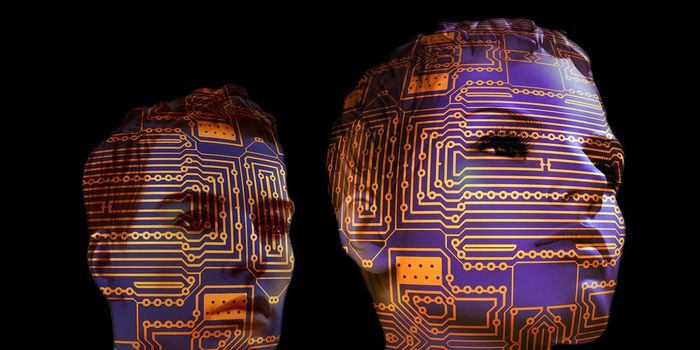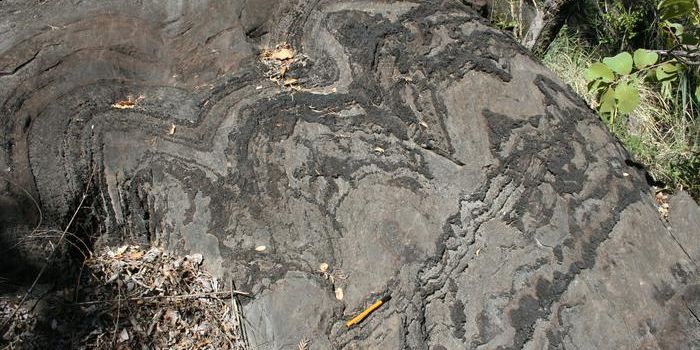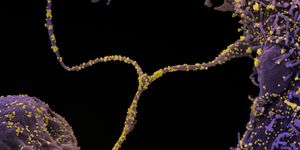Exploring ceramic omnidirectional bioprinting in cell-suspensions
A new technique known as ceramic omnidirectional bioprinting in cell-suspensions (COBICS) may allow surgeons of the future to 3D-print bone parts with living cells to be used to repair damaged bone tissue. The details of the technique are published in the journal Advanced Functional Materials from scientists at UNSW Sydney.
The technique uses a ceramic-based ink made from calcium phosphate to 3D-print structures made to mimic bones. The material can be infused with living cells and produced at room temperature without harsh chemicals or radiation, according to Dr. Iman Roohani from UNSW's School of Chemistry. Furthermore, the material quickly hardens when submerged in water.
"This is a unique technology that can produce structures that closely mimic bone tissue," says Dr. Roohani. "It could be used in clinical applications where there is a large demand for in situ repair of bone defects such as those caused by trauma, cancer, or where a big chunk of tissue is resected."
Associate Professor Kristopher Kilian, who also worked on the technique, explains that their technology, which does not require specific chemicals or temperatures for fabrication, makes it more accessible. All it needs is this special ink composed of a microgel matrix with living cells.
"This produces a dry material that is then brought into a clinical setting or in a laboratory, where they wash it profusely and then add living cells to it," Professor Kilian says. "The cool thing about our technique is you can just extrude it directly into a place where there are cells, like a cavity in a patient's bone. We can go directly into the bone where there are cells, blood vessels and fat, and print a bone-like structure that already contains living cells, right in that area. There are currently no technologies that can do that directly."
The researchers say their technique, which is soon to undergo in vivo tests in animal models, will further scientific capabilities in bone tissue engineering, disease modeling, drug screening, and in-situ reconstruction of bone and osteochondral defects.
"This advance really paves the way for numerous opportunities that we believe could prove transformational - from using the ink to create bone in the lab for disease modeling, as a bioactive material for dental restoration, to direct bone reconstruction in a patient," says Kilian. "I imagine a day where a patient needing a bone graft can walk into a clinic where the anatomical structure of their bone is imaged, translated to a 3D printer, and directly printed into the cavity with their own cells. This has the potential to radically change current practice, reducing patient suffering and ultimately saving lives."
Sources: Advanced Functional Materials, Eureka Alert








